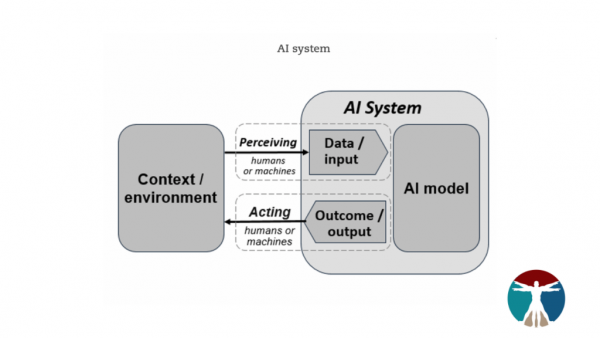Article by Stuart Russell: “Obtaining consensus on a definition for an AI system in any sector or group of experts has proven to be a complicated task. However, if governments are to legislate and regulate AI, they need a definition to act as a foundation. Given the global nature of AI, if all governments can agree on the same definition, it allows for interoperability across jurisdictions.
Recently, OECD member countries approved a revised version of the Organisation’s definition of an AI system. We published the definition on LinkedIn, which, to our surprise, received an unprecedented number of comments.
We want to respond better to the interest our community has shown in the definition with a short explanation of the rationale behind the update and the definition itself. Later this year, we can share even more details once they are finalised.

How OECD countries updated the definition
Here are the revisions to the current text of the definition of “AI System” in detail, with additions set out in bold and subtractions in strikethrough):
An AI system is a machine-based system that can, for a given set of human-defined explicit or implicit objectives, infers, from the input it receives, how to generate outputs such as makes predictions, content, recommendations, or decisions that can influenceing physical real or virtual environments. Different AI systems are designed to operate with varying in their levels of autonomy and adaptiveness after deployment…(More)”
